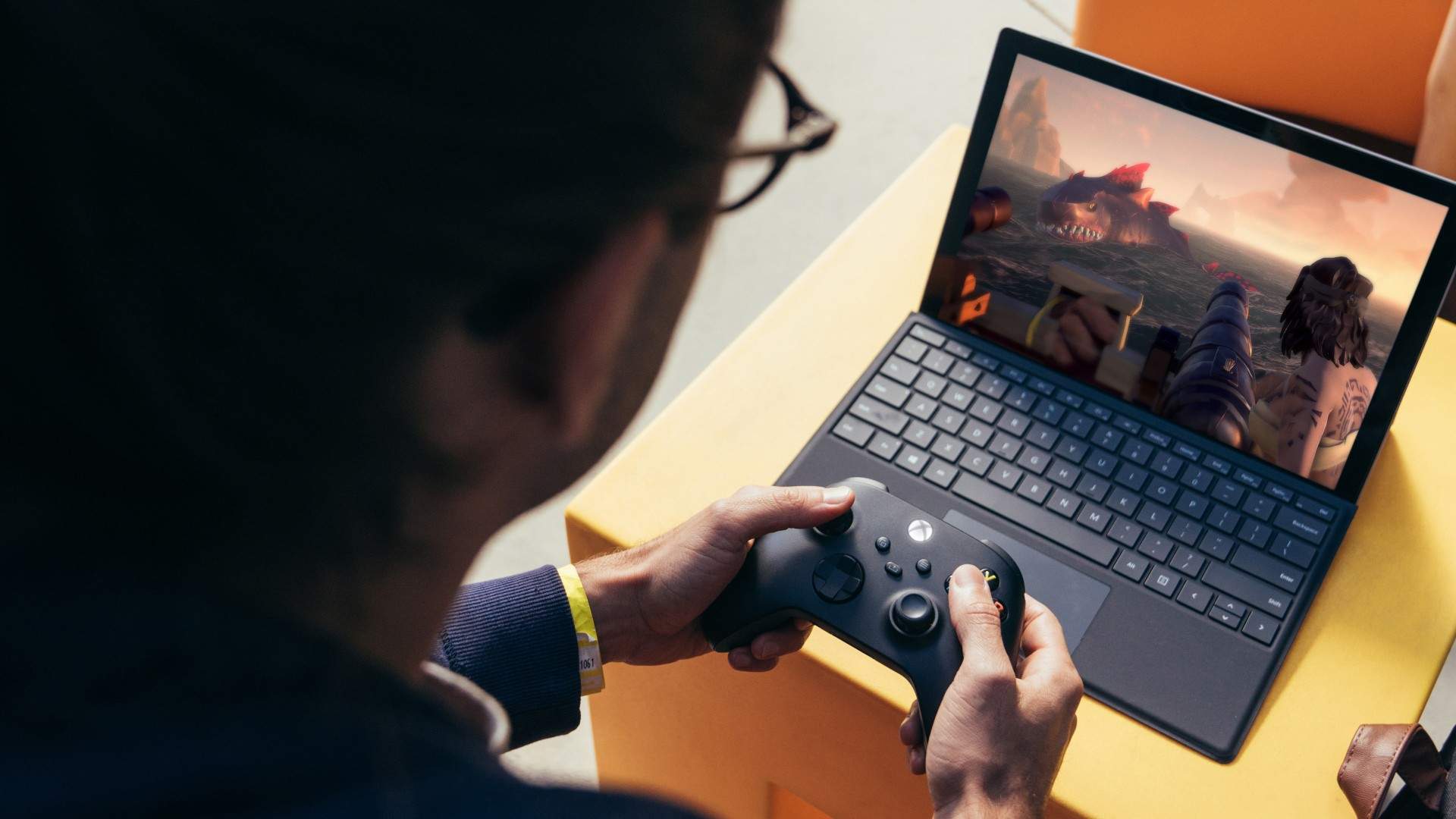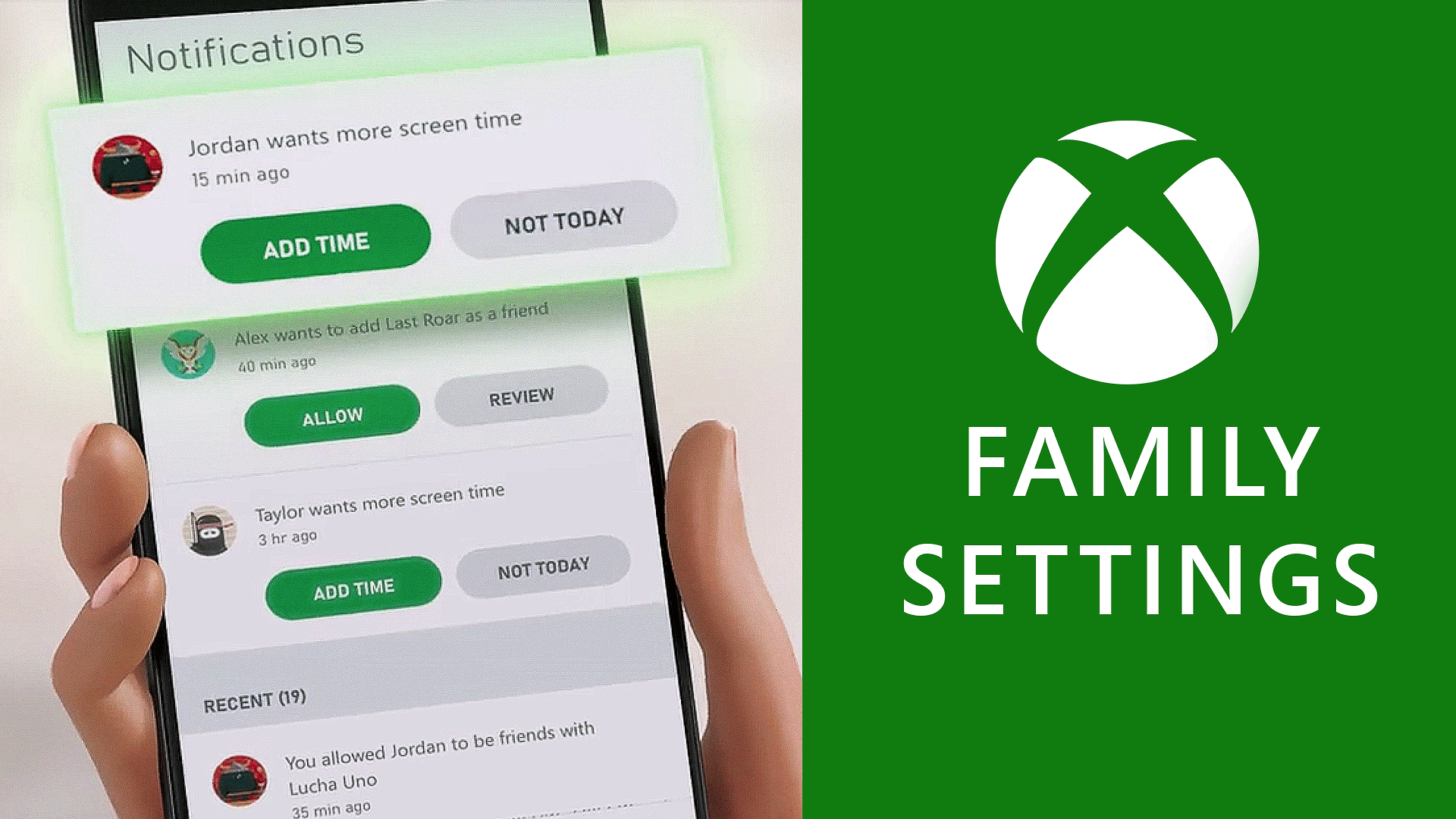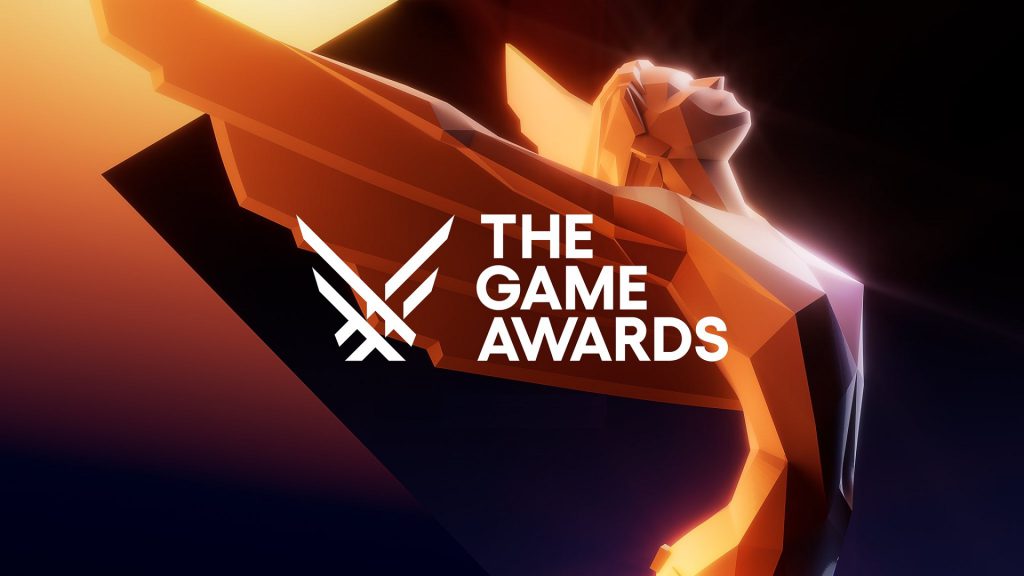Of course, when we talk about cloud gaming on Xboxsquad, we are talking about the service offered by Xbox. If the program is a must in the industry, it’s not the only one in the field. Today we offer you an entry into this market, which has been booming since 2019. As Microsoft’s cornerstone to meet its goal of “reaching two billion players,” the sector appears to have reached its tipping point. Under this expression it must be understood that the technology behind it is viable and allows the market to move to the adoption and democratization phase.
Nearly 22 million players for $1.5 billion
The latest figures from the industry Give us a first picture of the market. In 2021, an estimated 21.7 million gamers spent money to play or access content in a cloud title. This generated nearly $1.5 billion. A tidy sum that is more than twice as high as in the previous year. Analysts are also confident, predicting that the market will reach a valuation four times higher by 2024.
The remote game ecosystem has been slowly developing in its own corner since 2019. Big and small publishers embark on the adventure every day. And if Xbox Game Pass is a player that immediately comes to mind, we can see that the sector is much larger than we think.
New trends not limited to mobile devices
As we can see, many still unknown players are trying new approaches to claim their place. It must be remembered that the problem is not limited to mobile devices. In fact, the idea behind cloud gaming is based on being able to reach the internet user anywhere and through the medium of their choice. That’s why some players like Tencent or Samsung are relying on the offer of networked televisions. Ivan Schwaichenkoat the helm of Boosteroid, has signed several partnerships with manufacturers to develop its offer:
We’ve also partnered with a number of TV manufacturers (recent deals have been with Philips and TCL) to enable PC games to be streamed directly to TVs without consoles. Finally, we discuss B2B cloud gaming projects with hotels, airports, transportation companies and many other potential partners that cloud gaming doesn’t necessarily think of.
What quickly strikes us on this infographic is the presence of companies whose names we discover, but also the absence of big media players like Disney, Warner Bros and others.
We easily assimilate new technologies in the imagination with regions like North America, Europe or even East Asia (Japan or South Korea). However, we see that the majority of the user base is in Southeast Asia (Philippines, Thailand or Indonesia) and Latin America. So the question rests more on the consumption habits of the medium than on the country’s standard of living. On the other hand, the quality of the hardware in data centers is an important factor. A real differentiator, since not every service offers the same technical characteristics. Depending on the provider, the experience can range from absolutely smooth to reminiscent of a 56K modem. Microsoft and Nvidia have therefore made significant investments in this segment, which is the responsibility of service providers and not users.
accessibility and comfort
The pandemic has made it possible to highlight three main types of consumption of the format:
- Explore visually rich games without worrying about hardware issues
- Play game demos before downloading them
- Reduce the storage space used by HD games
However, the argument that stands out the most from the Newzoo study is the ease of access to cloud gaming. Several industry representatives spoke as Benjamin AthuilPresident of CareGame, which designs a solution for mobile operators and developers:
[…] We want to give all mobile gamers access to the games they love, regardless of smartphone, connection or budget. Nobody should be left behind. Games shouldn’t be reserved for the privileged. This is our mission.
While the news suggests a bright future, the picture is never entirely white. Of course there are still challenges to overcome. In particular, finding the balance between technical performance, flexibility and costs. Several players have already paid the price, for example in Germany with the operator Deutsche Telekom. However, the arrival of the technology on connected TVs, consoles and broadcast sticks shows that the future is pretty bright.
How important is cloud gaming to you?










